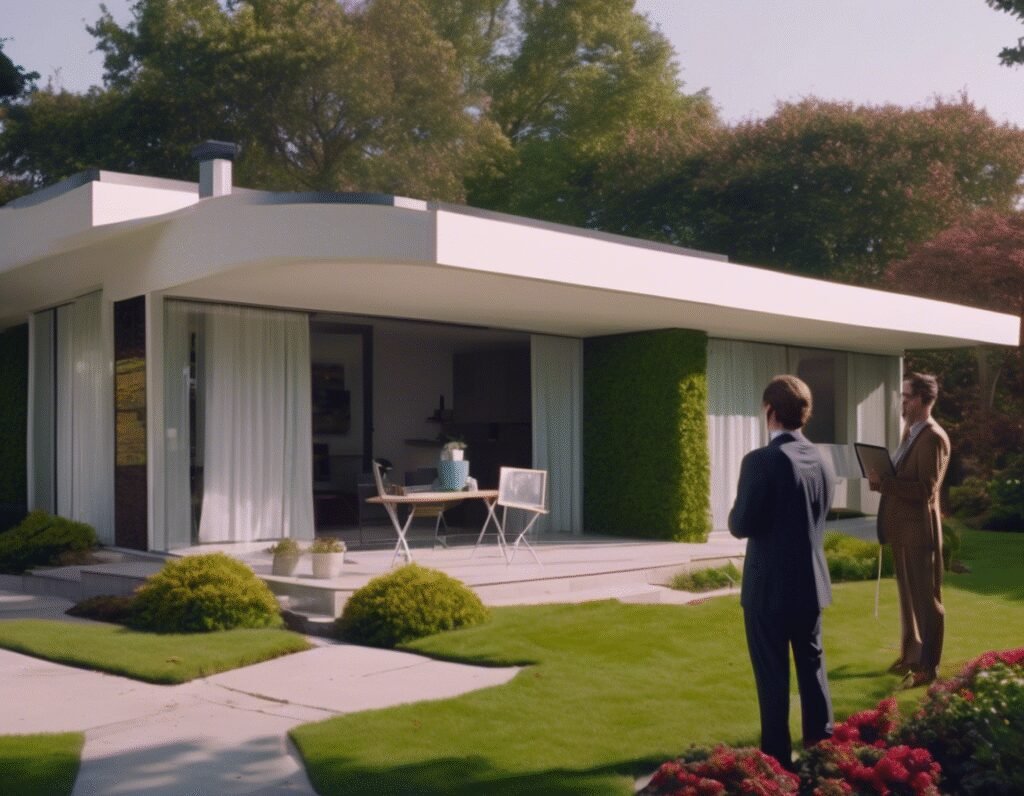AI-Generated Fake Listings Trick Buyers in Real Estate Market
The real estate industry is no stranger to digital trickery, but the latest trend takes deception to a new level. Agents are now using AI-generated images of non-existent homes to lure buyers into purchasing high-value properties. One recent example in the UK featured a suspicious listing for a fully renovated three-bedroom home. The now-deleted photo displayed clear signs of AI generation, with misaligned awnings, hedges morphing into walls, and a flowerbed bizarrely blocking a neighbor’s door.
The unedited version of the image, when uncovered, revealed a far less impressive property, highlighting how easily buyers can be misled. This tactic raises serious ethical concerns, as AI-generated visuals blur the line between reality and fabrication. While digital enhancements in real estate listings are nothing new, the use of entirely fake images crosses into dangerous territory.
Buyers already face challenges in verifying property details, and AI-generated content adds another layer of risk. Without strict regulations, this practice could become widespread, eroding trust in the market. For now, vigilance is key—prospective buyers should scrutinize listings carefully and demand unaltered photos or in-person viewings before committing to a purchase.
As AI tools become more accessible, the real estate industry must address these deceptive practices before they undermine market integrity. The line between innovation and fraud is thinning, and without accountability, buyers could pay the price—literally.


